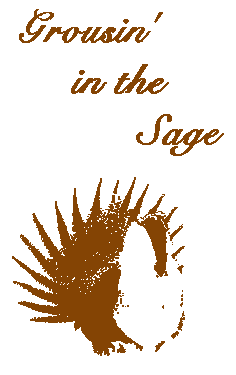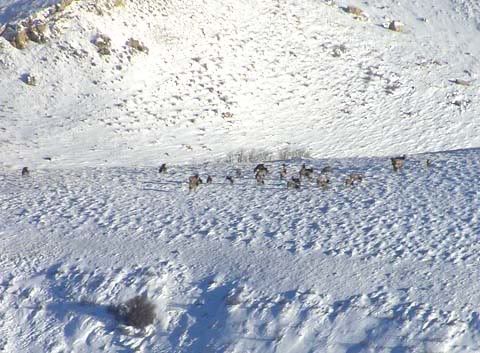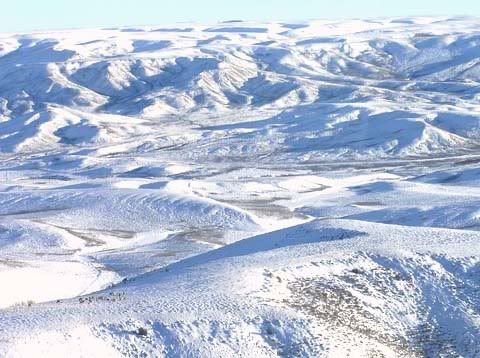






powered by SignMyGuestbook.com

| Newest
Older Previous Next Random Contact Profile Host |
blizzard warnings - 13:52 , 03 October 2013 heelerless - 21:32 , 18 August 2013 Red Coat Inn in Fort McLeod - 11:38 , 23 June 2013 rushing into the waters - 09:53 , 21 June 2013 choosing a spot - 17:43 , 27 April 2013 |
quiz results
Okay, obviously too easy of a quiz. There's 90 elk, including number 522. As Melissa pointed out, you've got the shadow of number 90 cutting into the image on the right edge.
But no, not a trick quiz (unless you count the sneaky elk shadow). They're all elk. The "scrawny" ones Brian and Melissa are asking about are just calves, this year's young. Got no data to prove it, but given that these young wapiti grew up in the driest summer in the past fifty years, I'm not surprised that so many of them look small. After good summers you have a real problem telling the difference between large calves and small yearlings, but this year it's pretty easy.
Next year, these small calves will almost certainly be small yearlings. If we have a wet spring and good forage conditions in 2007, then a year from now we'll have a hard time telling large calves from those small yearlings.
If the research on red deer on the Scottish Isle of Rum holds true, we should also expect yearling spike bulls to have shorter antlers next fall because of their poor growth as calves this summer.
Just like humans... if you don't provide proper feed to youngsters during their formative period, they're stunted for life.
And, speaking of feed...
Doug was wondering how such a large herd finds food through the winter.
First off, that isn't such a large winter herd. Not for elk, anyway. Not uncommon to see two or three hundred banded together in this country. (Makes the counting with red dots a little more challenging.) But the trick to finding food for a band of elk like this one...

is that they move around. In the matter of just a week or two, we might find this little band on any bared off patch within this picture:

Eat what you can, and then move on. Which is why it is so critical in this country to make sure these critters can move around. I.e., we don't put fences, gas field roads, or highways in between places where the elk (or deer, or antelope) are, and the places they need to go.
And so endeth the elk lesson of the day...